Diabetic diet – What to eat?
A Diabetic diet should be low-carbohydrate and high-protein. The first step in managing diabetes is to control blood sugar levels. Diabetics have higher-than-normal amounts of glucose circulating in their bodies. Glucose is the primary fuel for cells in the body. When glucose circulates at high levels, it causes damage to many organs and systems in the body.

Quick points to grab regarding the Diabetic diet
- A diabetic diet should consist mainly of vegetables and fruits. Vegetables and fruits are good sources of fiber. Fiber helps regulate bowel movements and keeps the digestive tract clean. Fruits and vegetables provide vitamins and minerals that help keep the body strong.
- A diabetic diet should not contain any processed food products.Processed foods are also high in calories. Many people who eat these types of foods gain weight easily.
- A diabetic diet should contain lean meats. Lean meats are low in saturated fats and cholesterol. Lean meats are also high in iron and zinc. Iron is necessary for red blood cells and zinc is necessary for bone formation.
- A diabetic diet should avoid fatty fish. Fatty fish contains high levels of mercury. Mercury is toxic to the brain and nervous system. People who consume large amounts of mercury may experience tremors, seizures, memory loss, and difficulty walking.
- A diabetic diet should limit alcohol consumption. Alcohol raises blood pressure and increases the risk of heart disease. Alcohol also lowers inhibitions and makes it easier to overeat.
What is all to consider in the diet when you have Diabetes?

The first thing that should be taken care of when dealing with diabetes is a diabetic diet plan. A diabetic diet plan consists of foods that are high in protein and low in carbs. These foods are lean meat, fish, eggs, poultry, beans, nuts, seeds, fruits, vegetables, and whole grains. You can have some dairy products if they are lactose-free. Avoid junk food and sweets.
- The main goal of managing diabetes is to control weight. People with diabetes should eat less than 10 percent of calories from fat, 15 percent from protein, and 55 percent from carbs. To lose weight, people with diabetes need to reduce calorie intake by 500-600 calories per day. However, they have to watch their portion sizes carefully. Eating smaller meals throughout the day helps them keep track of their food intake.
- People with diabetes should avoid sugary foods and drinks. These foods cause spikes in blood sugar levels and make it harder for the body to regulate blood sugar. Instead, they should eat fruits, vegetables, whole grains, beans, nuts, seeds, fish, poultry, lean meats, and low-fat dairy products.
- To manage diabetes, people with type 2 diabetes should exercise regularly. Exercise raises the level of insulin in the bloodstream, helping the body to use insulin effectively. It also reduces the amount of glucose stored in the liver and muscles. Regular physical activity also lowers blood pressure, cholesterol, and triglycerides.
- People with diabetes also need to pay attention to what they eat. They should check labels and choose lower-calorie options whenever possible. They should eat at least five servings of fruit and three servings of vegetables each day. They should limit saturated fats and trans fats, and drink plenty of water.
Is a Diabetes diet different from a normal diet?
Yes, a diabetes diet is different from a normal diet.
The main difference between a diabetes diet and a normal diet is that diabetic patients should have less carbohydrate intake than normal people. Carbohydrates are food containing sugar. A normal person’s daily calorie intake includes carbs, while diabetics don’t consume any carb-rich foods. Diabetic patients eat only low glycemic index (GI) foods. Low GI means high fiber content. Fiber helps in digestion and slows down the rate at which blood glucose levels rise after eating.
Diabetic diet Food List
High Glycemic Index Foods – These are foods that raise blood glucose levels fast. High-GI foods include white bread, pasta, rice, potatoes, corn, sugary drinks, candy, cookies, cakes, pies, ice cream, etc.
Low Glycemic Index Foods – Foods having low glycemic index help in stabilizing blood sugar levels. Low GI foods include whole grains, fruits, vegetables, beans, nuts, seeds, legumes, fish, lean meats, poultry, eggs, milk, yogurt, and cheese.
What about seafood? Is it safe to add to the diabetic diet?
Seafood can be considered a good option for people who want to maintain a healthy weight. Seafood is rich in omega-3 fatty acids, zinc, protein, iron, vitamin B12, and selenium. However, seafood is not recommended for those with type 1 diabetes. People with type 2 diabetes may consume small amounts of certain types of seafood.
Fish May Protect You From Heart Disease, Study Shows
Fish May Help Prevent Heart Disease:
A study published in Circulation, a journal of the American Heart Association, suggests that eating fish may reduce the risk of heart disease. Researchers at Brigham and Women’s Hospital analyzed data from 1,000 women in the Nurses’ Health Study who had no history of cardiovascular disease.
Participants were asked about their diet over two years, and then they underwent physical examinations. After adjusting for age, body mass index (BMI), smoking status, alcohol use, physical activity level, and intake of fruits, vegetables, whole grains, fiber, trans fat, folate, vitamin B-12, red meat, processed meats, coffee, tea, and soda, researchers found that women who ate salmon, tuna, sardines, herring, mackerel, trout, or whitefish once per week had a 20 percent lower risk of having high blood pressure than those who never consumed these types of seafood.
The study was not designed to determine whether the protective effects were due to omega-3 fatty acids, protein, or some other aspect of fish. However, earlier research does suggest that the heart-healthy benefits of fish consumption may be attributable to its content of long-chain omega-3 fatty acids.
Eating More Fish Can Reduce Your Risk Of Stroke: Study Suggests
- In addition to lowering your risk of high blood pressure, a study published in the Journal of Nutrition shows that eating fish frequently reduces your risk of stroke. Researchers at Harvard School of Public Health examined data from nearly 200,000 adults in the United States.
- Over a 10-year period, participants reported how often they ate fish. After adjusting for factors including BMI, smoking, alcohol use, and exercise habits, researchers concluded that compared to people who ate fish less than once a week, those who ate fish three times per week reduced their risk of having a stroke by 15 percent.
- Those who ate fish four to five times per week lowered their risk of stroke by 22 percent. While this study did not look specifically at the effect of different types of fish, previous research has shown that oily fish, like salmon, appears to have stronger protective qualities than leaner fish like cod.
Seafood options to include in Diabetes Diet
1. Fish Oil:
The omega-3 fatty acid EPA (Eicosapentaenoic Acid) is the primary fat found in fish oil. Omega-3 fats have been shown to improve cardiovascular function, lower triglyceride levels, reduce blood pressure, and increase HDL cholesterol.
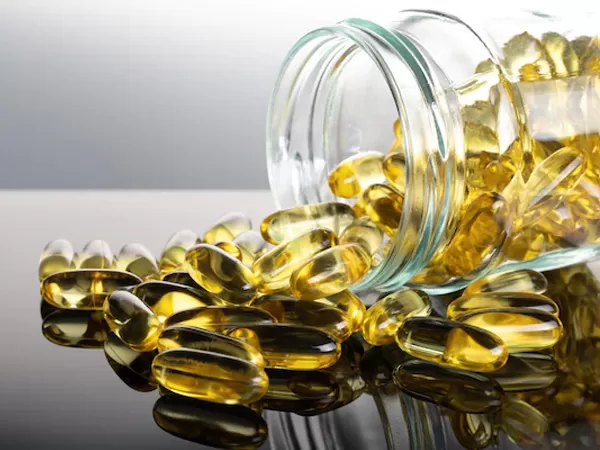
2. Cod Liver Oil:
Cod liver oil contains high amounts of vitamins A, D, E, and K, along with iron and zinc. These vitamins help protect against cancer, promote good vision, and boost immunity. Cod liver oil may also help prevent Alzheimer’s disease.
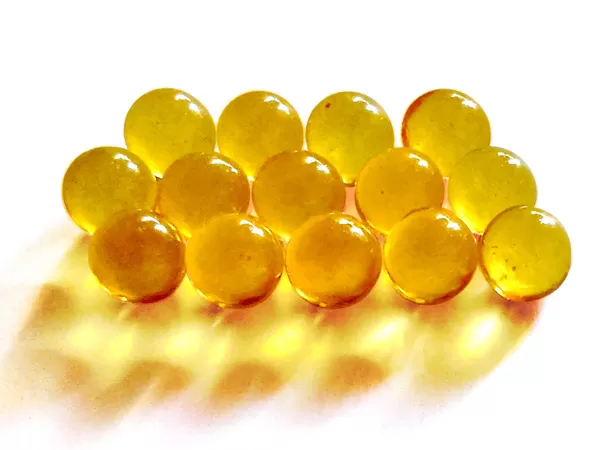
3. Sardines:
Sardines are often overlooked, but they’re packed full of omega-3 fats! Sardines are high in protein and low in saturated fat. Eating them regularly may even help you lose weight.
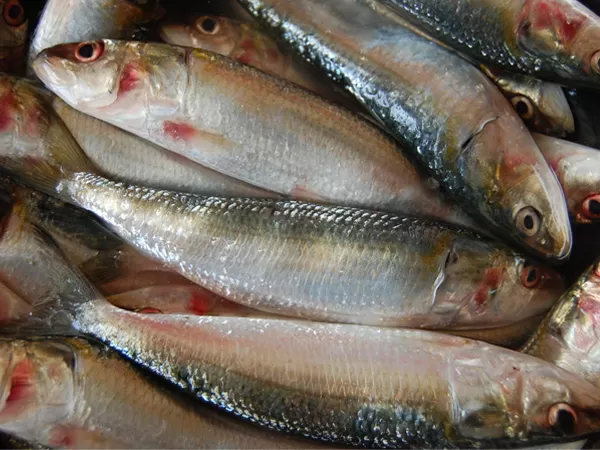
4. Salmon:
Salmon is rich in omega-3 fats, B vitamins, and selenium. Selenium helps maintain thyroid function and supports immune system health.
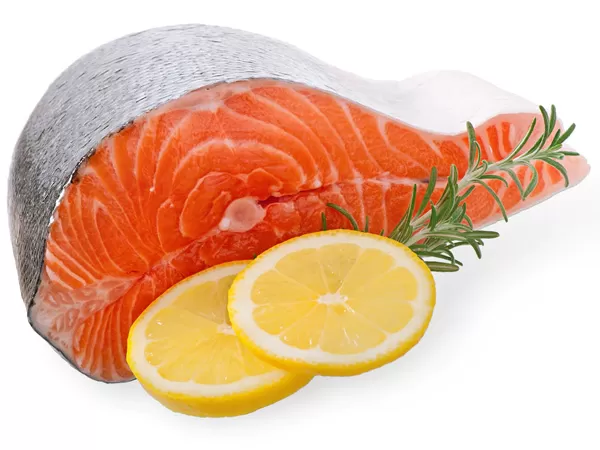
5. Mackerel:
Mackerel is loaded with omega-3 fats, Vitamin B12, and Vitamin D. Eating mackerel may help fight depression.
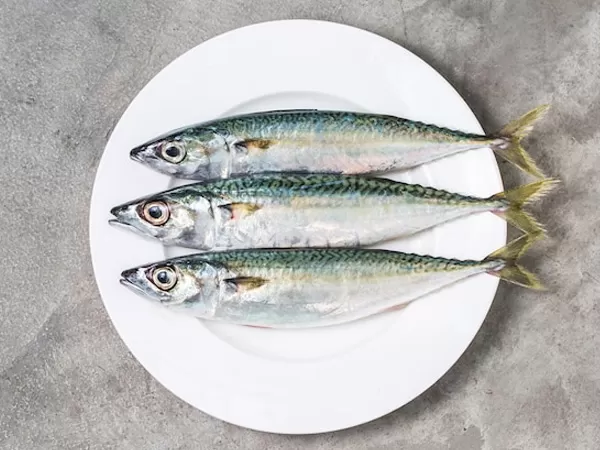
6. Herring:
Herring is a great source of omega-3 fats, plus it’s low in calories. Herring is also rich in B vitamins and Vitamin D.
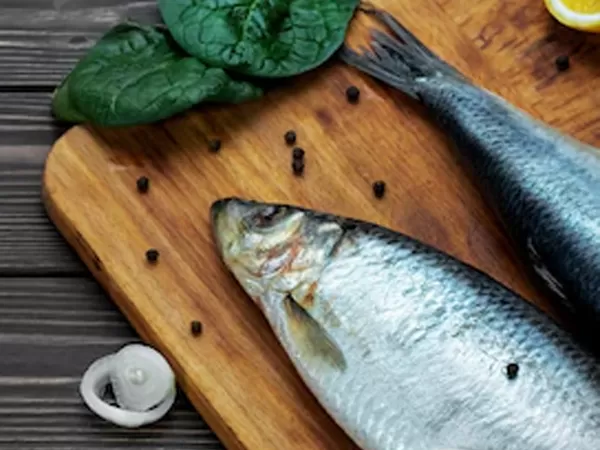
7. Tuna:
Tuna is a great source of mercury, but studies show that consuming tuna does not appear to pose any risks to people.
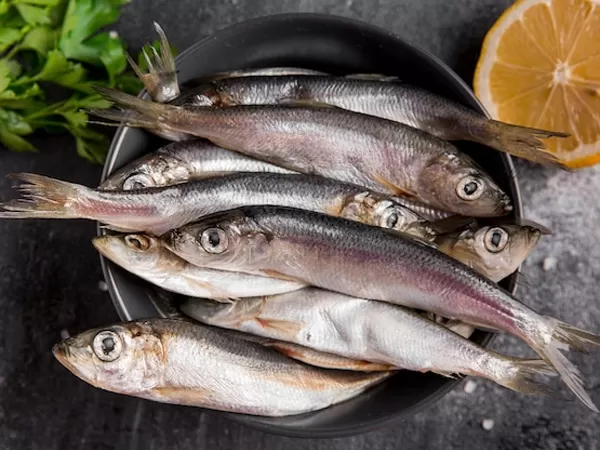
Other seafood options (Diabetic diet)
There are other types of seafood that are safe for people with diabetes. They include sea bass, halibut, cod, pollock, flounder, sole, trout, tilapia, catfish, carp, eel, perch, pike, shark, herring, rainbow trout, lake trout, and whitefish.
Summing up,
The bottom line is that a diabetic diet should be well-balanced. Avoid too much-saturated fat and salt in your diet. Limit your intake of saturated fat to less than 7 percent of your total calories per day. It’s best to avoid foods that use high amounts of butter or cream in their preparation and be careful of dishes advertised as fried, basted, buttered, or sauced.







